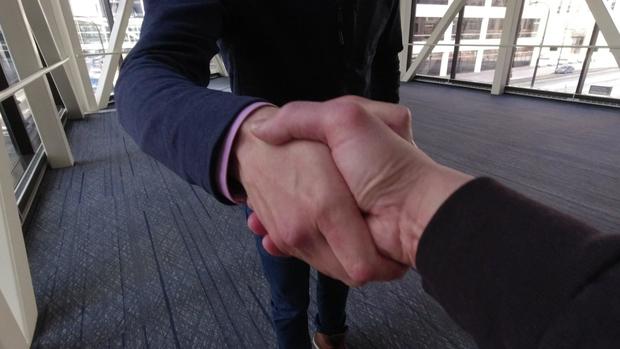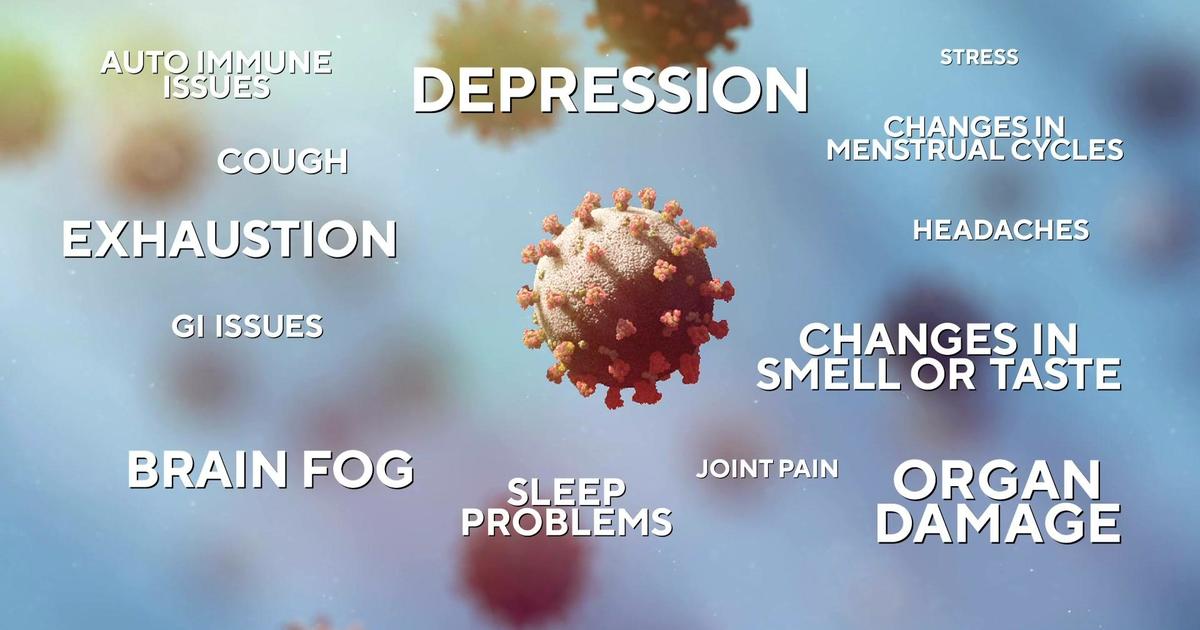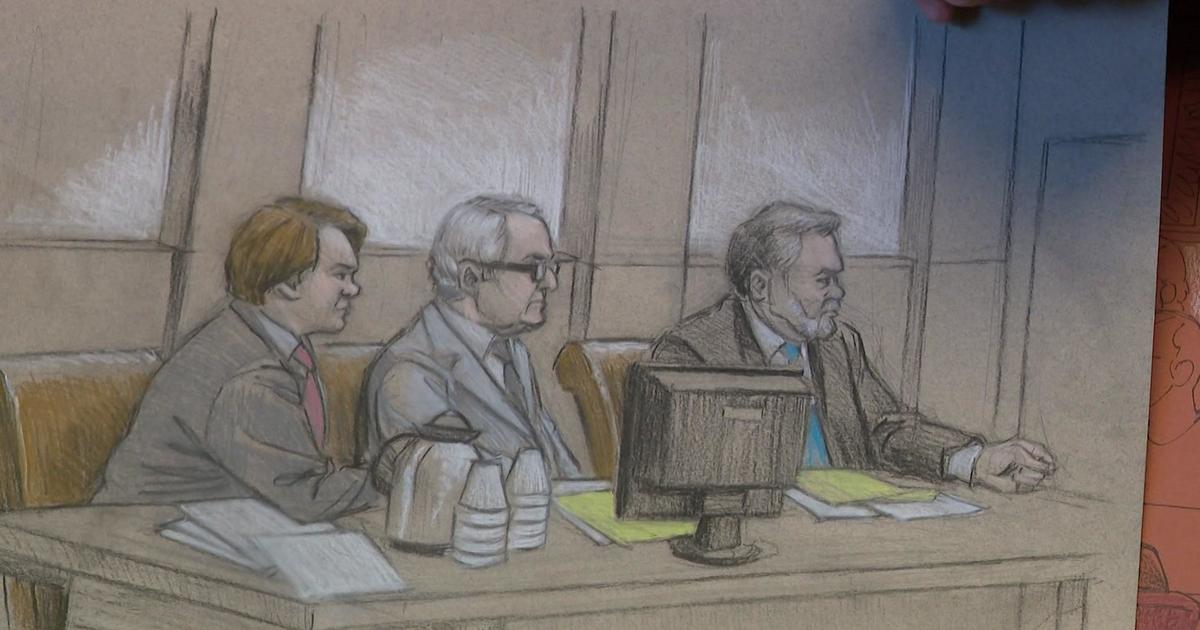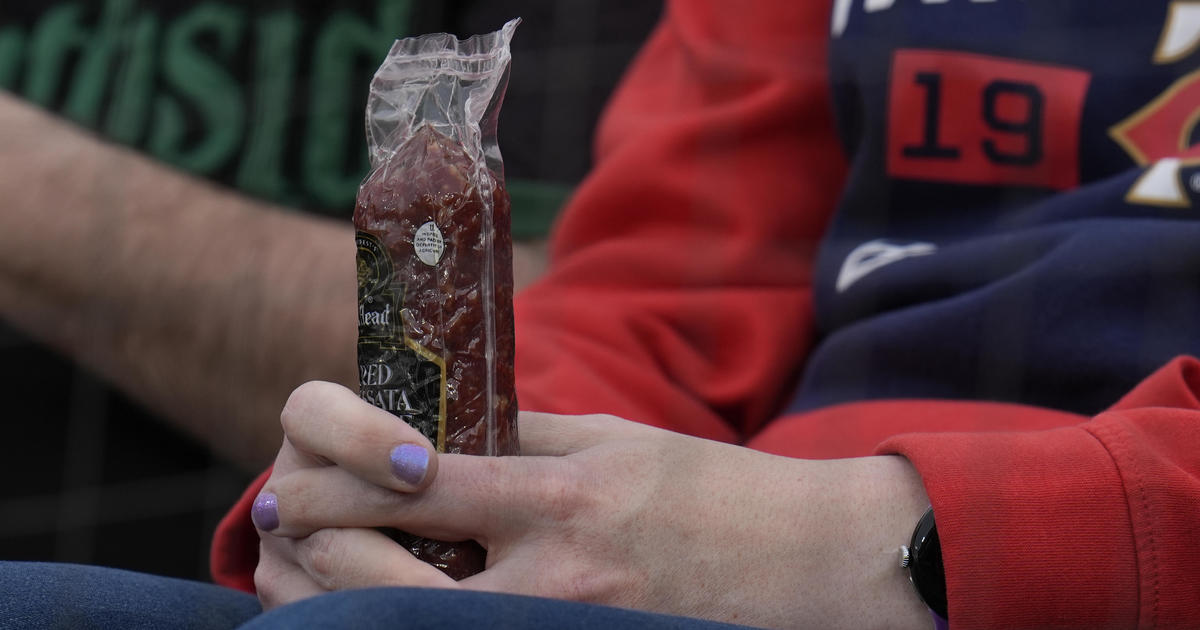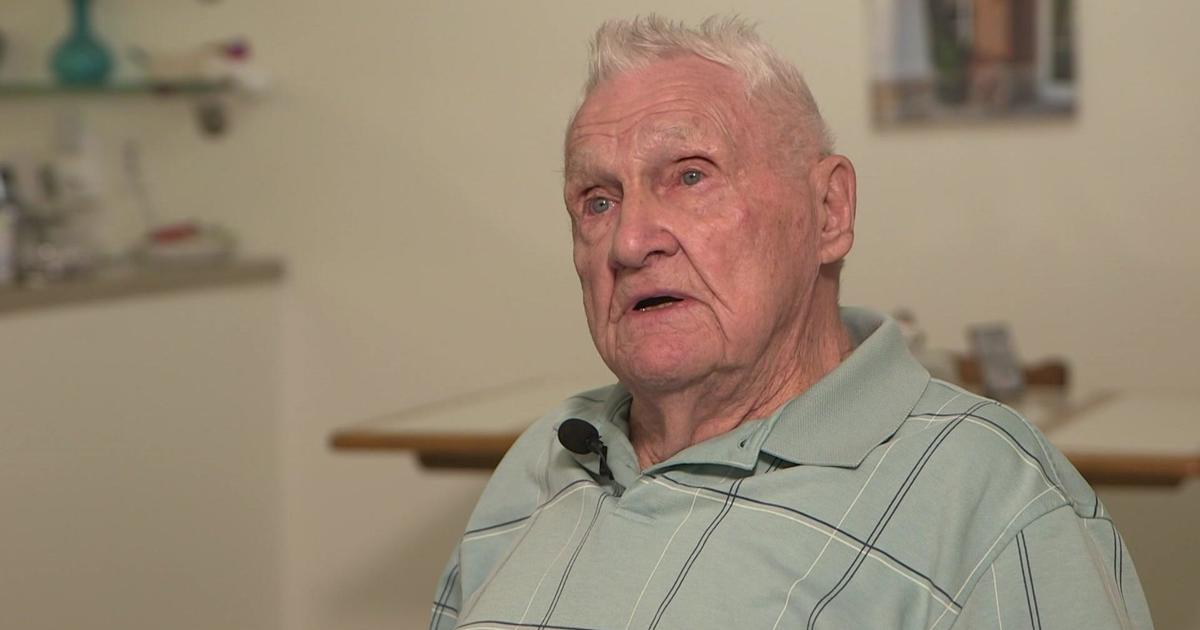What is the importance of a handshake? Does it still hold the same weight as it used to?
MINNEAPOLIS – Several years into the COVID-19 pandemic, a strong and symbolic form of greeting people is making a slow comeback.
It's something many Americans specifically put off doing for some time. We wanted to know: What is the importance of a handshake? And does it still hold the same weight as it used to?
Most Good Question interviews typically start with a quick hello to a passerby. We ask if they'd be interested in talking to us about our story. If they agree, a handshake introduction follows.
"I thought it was good," said Mary Kay Long of our handshake.
"It was good, pretty firm," Holland Atkinson said of the one we shared.
"Out of 10, like a 10," said Solomon Abisi, a handshake rating that made me legitimately grateful.
My reaction however wouldn't surprise Kim Purscell, a licensed etiquette instructor.
"A sincere handshake can start a relationship in a very powerful way," Purscell said.
Why do we put so much importance into the handshake?
"You have a social contact with somebody and it creates an emotion, and that's part of that first impression, and it stays," said Purscell, adding that the emotion from that initial handshake can be easily recalled in the future. It can work to someone's benefit, or against.
"That way you know you can tell you can trust a person," Abisi said of a good handshake.
"If I had a very weak handshake, you're going to think this person isn't confident," said Purscell.
What goes into a good handshake? There are many steps to follow. Purscell said the rules apply to all genders in business settings. But regardless of the scenario, a good shake typically includes:
Stand up. If you're seated, get up from your seat.
Face the person shoulder to shoulder.
Make eye contact and smile sincerely.
Extend out your arm and hand with your thumb pointed straight up, palm flat.
Have a firm but not overpowering grip.
Shake with your elbow. Shaking with your wrist creates the limp "deadfish."
Shake two to three times, then release.
A good handshake also takes preparation. Keep your right hand free. If you're holding a drink, have it in your left hand. That way your right hand stays dry and warm.
The highly-nuanced greeting recently had a long pause due the social distancing element of COVID-19. Some people bumped elbows or fists at most. Other avoided all contact. Now three years into the pandemic, some people continue to shaking hands, especially with strangers.
Purscell has a suggestion for those who don't want to shake hands but still want to show the respect that comes with a handshake.
"Acknowledge it. [Say] 'I would really like to,' then put your hand over your heart," she said.
Purscell said the "hand on heart" gesture offers similar warmth and sincerity of a handshake.
"I will say I do appreciate some of the non-contact greetings in Asian cultures," said Atkinson.
In Japan, bowing is the traditional greeting. There are different depths of the bow based on who you are greeting and the setting.
Bowing is also part of Chinese culture, however a simple head nod along with a handshake is now more common.
In Thailand, hands are placed together in front in a prayer position along with a head bow.
"In America, we put a lot of weight into a handshake," said Purscell.
She added that if you are visiting foreign countries, it's a good idea to research how they greet strangers rather than assume a handshake, especially a firm one, is acceptable.
